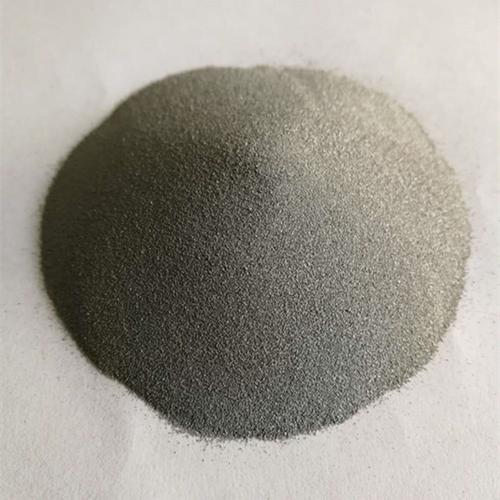**Unlock the Magic: Your Ultimate Guide to Metal Powder Coating**
(How To Do Metal Powder Coating)
Metal powder coating transforms ordinary metal into something extraordinary. This guide dives deep into the process, benefits, and secrets of this finish.
**1 What is Metal Powder Coating?**
Metal powder coating is a dry finishing process. It uses finely ground particles applied electrostatically to metal surfaces. These particles melt under heat, forming a protective skin. Unlike liquid paint, powder contains no solvents. This makes it thicker and more durable. Think of it as armor for metal. Common items like bicycles, patio furniture, and car parts use it. The finish resists chipping, scratching, and fading. Colors stay vibrant for years. It’s eco-friendly too. Excess powder gets recycled, reducing waste.
**2 Why Choose Metal Powder Coating?**
Durability tops the list. Powder-coated metal withstands weather, chemicals, and daily wear. A bike frame won’t rust after winters. A garden bench keeps its shine under sun exposure. Cost efficiency matters. Less material waste means savings. Fewer reapplications cut long-term expenses. Aesthetics play a role. You get uniform coverage without drips. Matte, glossy, or textured finishes add style. Environmental perks win points. Zero volatile organic compounds (VOCs) mean cleaner air. Workers avoid toxic fumes. It’s safer for factories and homes.
**3 How to Apply Metal Powder Coating: Step by Step**
Start with prep work. Clean the metal thoroughly. Remove grease, dirt, or old paint. Sandblasting creates a rough surface. This helps the powder stick. Next, apply the powder. Use a spray gun with an electrostatic charge. The metal piece must be grounded. The charged powder clings evenly. Cover all corners and edges. Now, cure the piece. Bake it in an oven at 350-400°F. The powder melts into a smooth film. Cooling takes 10-15 minutes. Check for flaws like bubbles or thin spots. Fix errors by sanding and recoating. Always wear safety gear—gloves, masks, and goggles.
**4 Applications of Metal Powder Coating**
This technique shines in countless fields. Automotive parts use it heavily. Wheels, bumpers, and engine blocks get coated. They resist oil, heat, and road salt. Architecture relies on it. Building facades, window frames, and railings stay rust-free. Outdoor gear benefits. Barbecue grills, playground equipment, and light poles endure rain and UV rays. Home appliances adopt it. Refrigerators, washer drums, and microwaves gain scratch-proof surfaces. Even tech gadgets use it. Laptop casings and speaker grilles stay sleek.
**5 Metal Powder Coating FAQs**
**Q: Can any metal be powder-coated?**
A: Mostly yes. Steel, aluminum, and iron work best. Avoid thin metals warping under heat.
**Q: How long does it last?**
A: 15-20 years outdoors. Indoors, it can last decades.
**Q: Is DIY powder coating possible?**
A: Yes. Small kits exist for home projects. But industrial ovens guarantee better results.
**Q: What colors are available?**
A: Unlimited options. Metallics, fluorescents, and clear coats included.
**Q: How thick should the coating be?**
A: 2-3 mils (0.002-0.003 inches) is standard. Thicker layers prevent corrosion.
**Q: Can you coat over existing paint?**
A: No. Strip old finishes first. Fresh metal ensures adhesion.
**Q: Does it handle high heat?**
A: Special high-temp powders exist for exhausts or grills. Standard coats melt above 200°F.
**Q: How eco-friendly is it?**
(How To Do Metal Powder Coating)
A: Very. No solvents mean less pollution. Reuse oversprayed powder.
Inquiry us
if you want to want to know more, please feel free to contact us. (nanotrun@yahoo.com)


